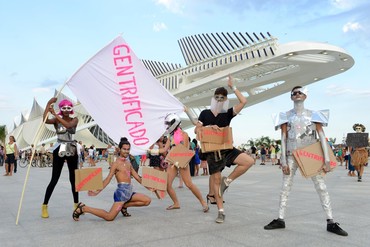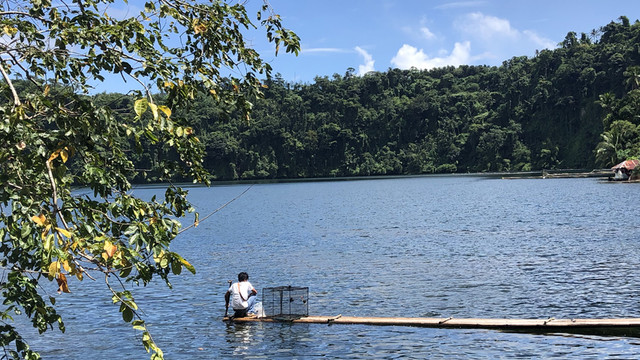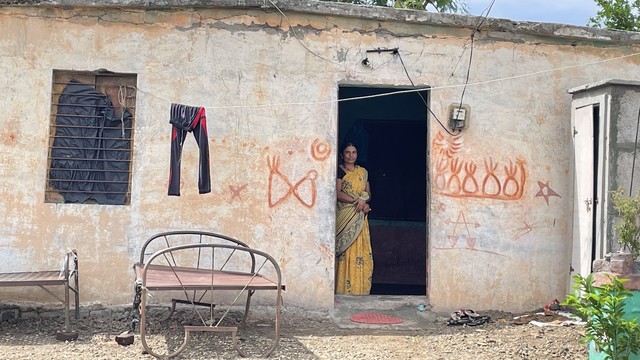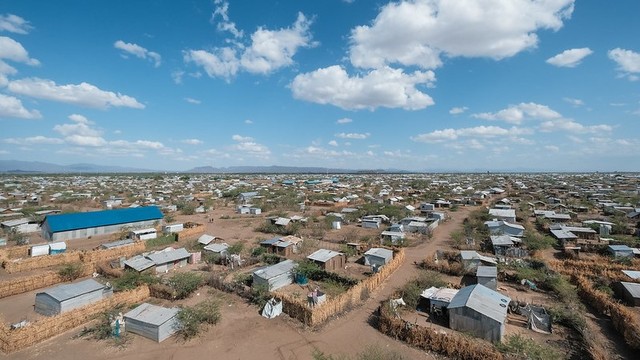Heteronormativity in development – what does queer have to do with it?
In mainstream development, queer thinking and practice are still largely invisible. A recent IIED event focused on the critical importance of recognising and understanding gender and sexual diversity in development – and why we must learn from LGBTQI+ civil society around the world.



Pride parade in Belo Horizonte, Brazil (Photo: upslon vua Flickr, CC BY 2.0)
It can feel lonely to work in the development sector and identify as lesbian, gay, bisexual, transgender, queer, intersex or another gender/sexual minority (LGBTQI+). Outside LGBTQI+ rights and sexual health programming, the unwritten rules of heteroprofessionalism – rigid expectations to conform to heterosexuality and traditional sex-gender norms – screen out and reduce queer visibility. First-hand accounts from development workers report homophobic harassment from their colleagues and being denied benefits such as spousal allowances that are issued without question to heterosexual workers.
But the problem goes beyond discrimination against queer development workers. Invisibility within the sector contributes to donors and development actors neglecting sexual behaviour and identity in research and interventions and is worsened by LGBTphobia (perceived and real) in many aid-receiving countries.
In countries where same-sex sexual activity is illegal – often the legacy of colonial penal codes – or in geographies labelled as especially homophobic/transphobic, sexuality and gender diversity are considered ‘too political’ or questions of human and civil rights.
This results in the passive exclusion of gender and sexual minorities from economic and social development interventions. Even ‘inclusive’ approaches that prioritise gender equality and community participation often leave out gender and sexual minorities due to heteronormative assumptions about family, sex-gender roles and access to social services.
Queering development: what progress have we made?
Over the decades, academic researchers have sought to ‘queer’ development by considering key questions of development through the lens of queer theory and expanding the study of sexualities in the Majority World. An important contribution includes the 2018 Routledge Handbook of Queer Development Studies. But it remains a fragmented subfield and largely unnoticed by major actors and resources streams.
We’ve seen increases in resources to LGBTQI+ civil society groups driving visibility and civil rights. But the Global Philanthropy Project documents that funding to LGBTQI+ projects makes up less than 1% of total development funding and humanitarian aid.
Of the US$247 million in funding to LGBTQI+ initiatives outside of the USA, nearly 80% focuses on civil rights or health and wellbeing — mostly HIV prevention and treatment. Meanwhile, only 1% or less targets housing, employment, food security or humanitarian response – and no funding was identified for climate action or environmental issues.
This is a glaring gap in our knowledge. How do LGBTQI+ people access housing and essential services or take part in economic development programmes, governance projects or resilience initiatives? Too often, decisions are based on only anecdotal evidence or small-scale studies. Meanwhile, gender and sexual minorities are likely to be disproportionately poor and face numerous barriers to accessing public services.
We believe the time is ripe for change. Intersectional approaches are gaining momentum, recognising the multiple intersecting axes of marginalisation based on for example gender, race and class. But they must also address marginalisation based on diverse sexual orientation, gender identity and expression and sex characteristics (SOGIESC).
What next for gender, sexuality and development?
Last week IIED hosted its first public event on gender and sexual diversity as part of our new project: 'what does queer have to do with it? Making space for LGBTQI+ contributions to sustainable development and climate action'.
The event featured Susie Jolly who spoke of how the international development sector has tended to frame sexuality as a problem of violence or ill health rather than a contributor to pleasure and wellbeing. Instead, Jolly argued for an integrated approach that brings together LGBTQI+, sexual and reproductive health and rights, children’s rights and women’s rights in ways that are sex-positive, intersectional and decolonial:
Susie JollyIn these dark times of war, pandemic, climate crisis and conservatism, we need, more than ever, joined-up thinking in solidarity that can’t be twisted to other purposes or used to pit one progressive cause against another.
Discussant Dr SN Nyeck called attention to the contested definitions and practices of ‘development’ in Africa throughout history. Similarly, Western understandings of sexuality and LGBTQI+ rights cannot simply be rolled out across Africa and other diverse geographies. Nyeck stressed the importance of building diverse coalitions when seeking inclusive solutions.
Over the next year, IIED will be convening dialogues to explore how gender and sexual minorities are responding to their communities’ needs in the context of climate change and urban inequalities and learning from LGBTQI+ civil society around the world.
We will use creative writing to explore how gender and sexuality have shaped our experiences in the development sector. And we will work with old and new partners to examine the urban life worlds of LGBTQI+ refugees and asylum seekers in Nairobi and integrate this knowledge into our wider programme on urban displacement.
The time for change is now
We won’t sugarcoat it. This work can be complex and difficult – even heartbreaking. We must resist universalising the needs, identities and experiences of diverse gender and sexual minorities. This is one reason why advocates and experts are developing new language.
Rather than assuming the Western English categories of queer identities – LGBTQI+ – are constant in all countries, we use phrases such as sexual and gender minorities or populations with diverse sexual orientations, gender identities and expressions, and sex characteristics.
Such language is inclusive of pre-colonial and Indigenous identities and sexual norms constructed independently from dominant Western traditions, for example the hijras of India or the Native American two-spirit identity. It also challenges ‘homocolonialist’ assumptions that countries in Africa, the Middle East and Asia need to ‘catch up’ to Western standards of LGBTQI+ frameworks of civil rights: an assumption that reinforces colonial dynamics and can backfire.
Our new area of work is based on three key premises:
- ‘Leave no one behind’ must include gender and sexual minorities. We have an ethical obligation to include LGBTQI+ people in our frameworks and programmes – from COVID recovery and climate resilience to sustainable urbanisation and forced displacement
- We have much to learn from working with queer civil society in different geographical contexts. Methodologies that recognise the differentiated vulnerabilities and needs of people with diverse SOGIESC encourage intersectional practices, leading to more nuanced and precise analysis
- The time for change is now. The era of putting gender and sexuality in the ‘too difficult’ or ‘too political’ box has come to an end.
Opportunities for building truly inclusive approaches to development and climate research and action exist – it is our responsibility to identify and follow them.




